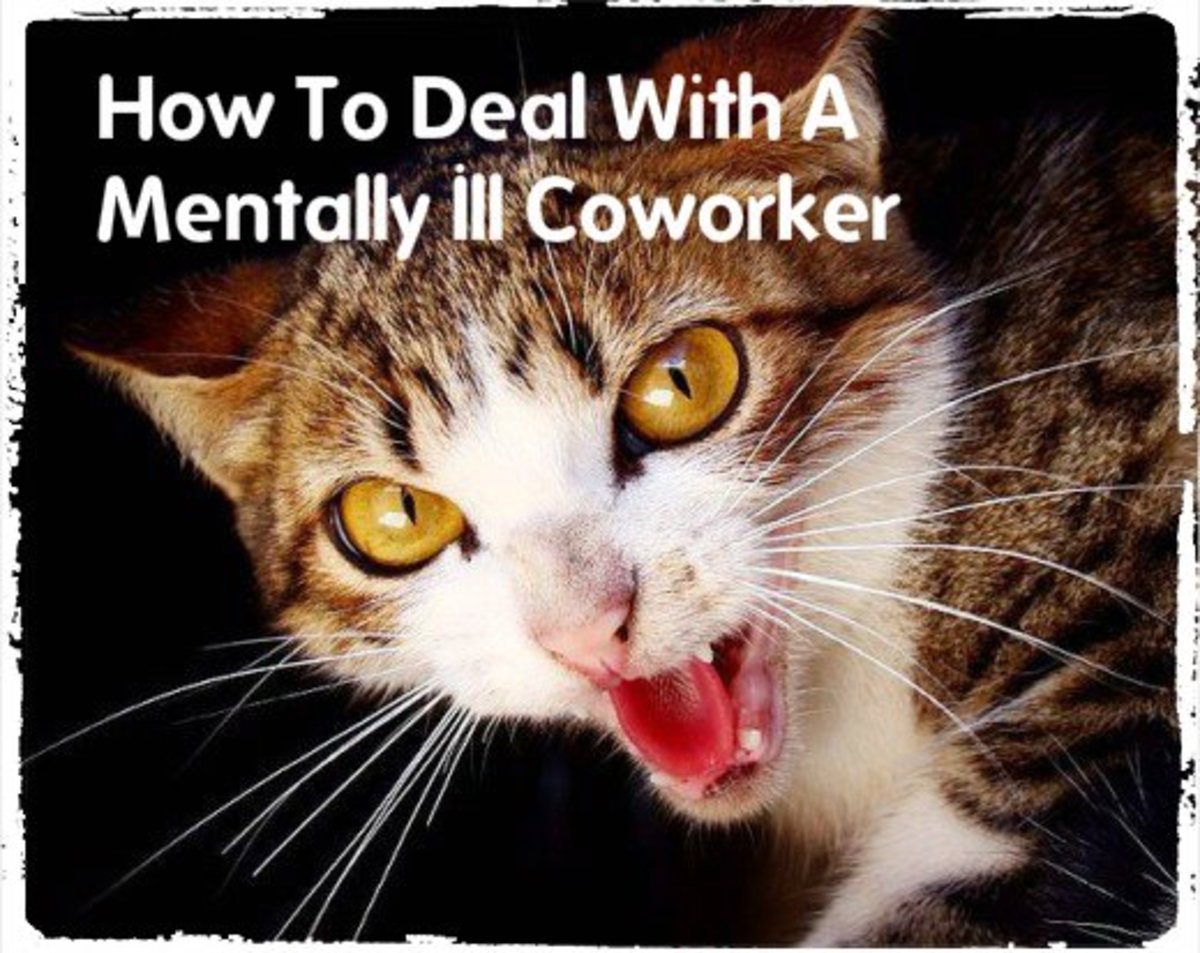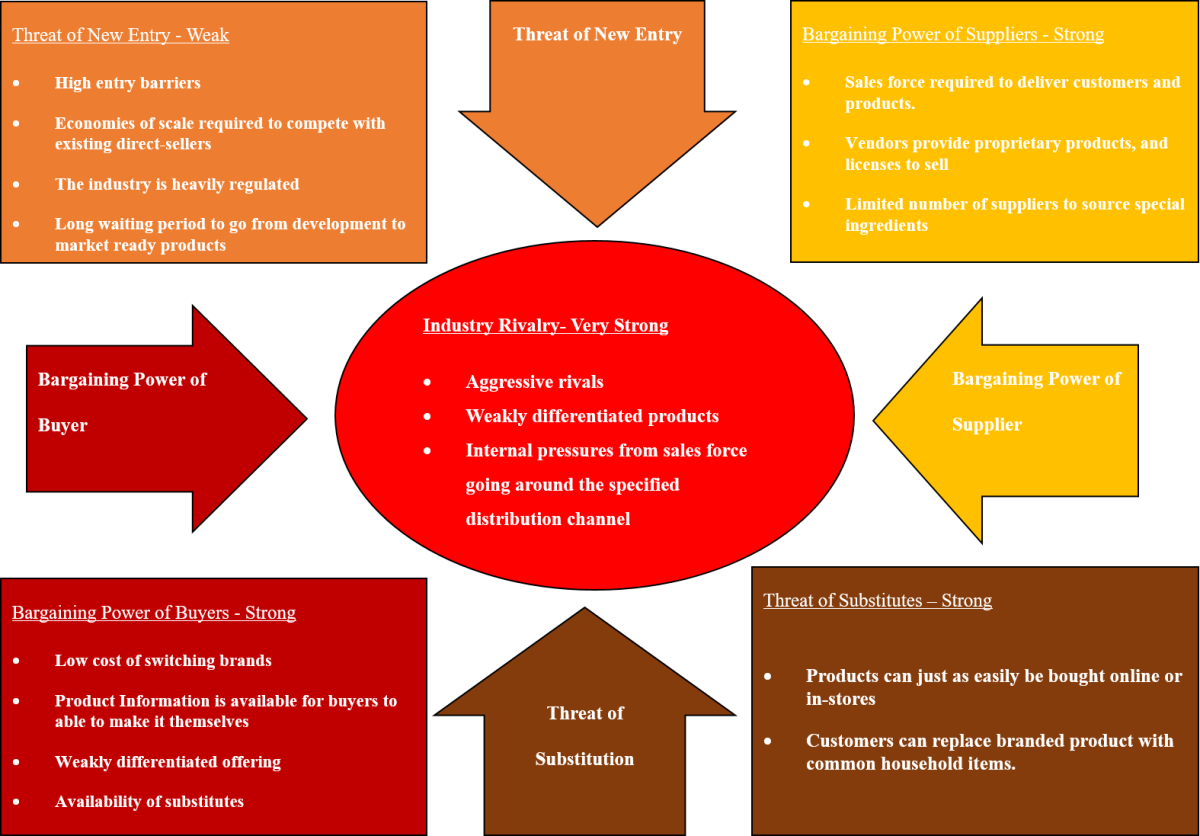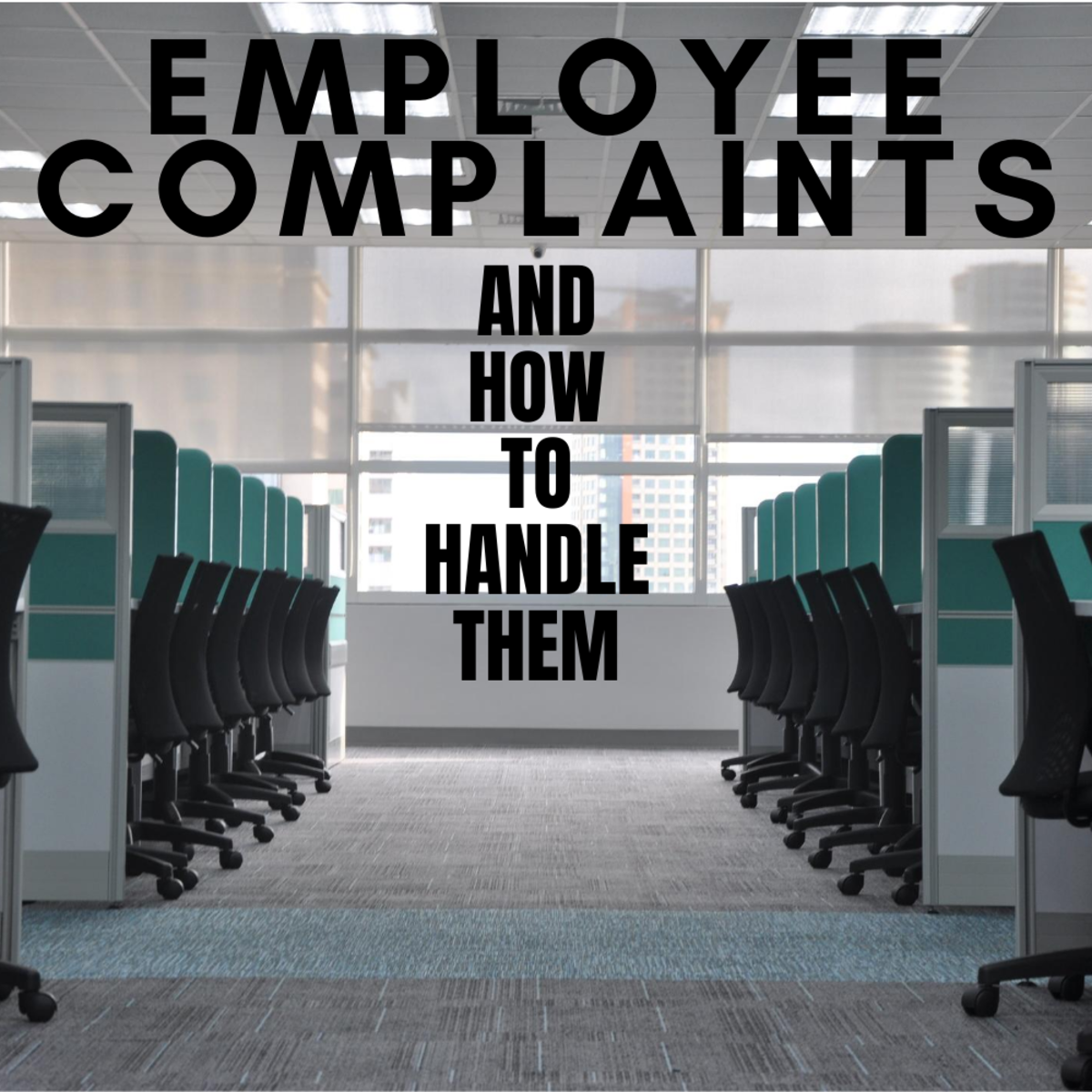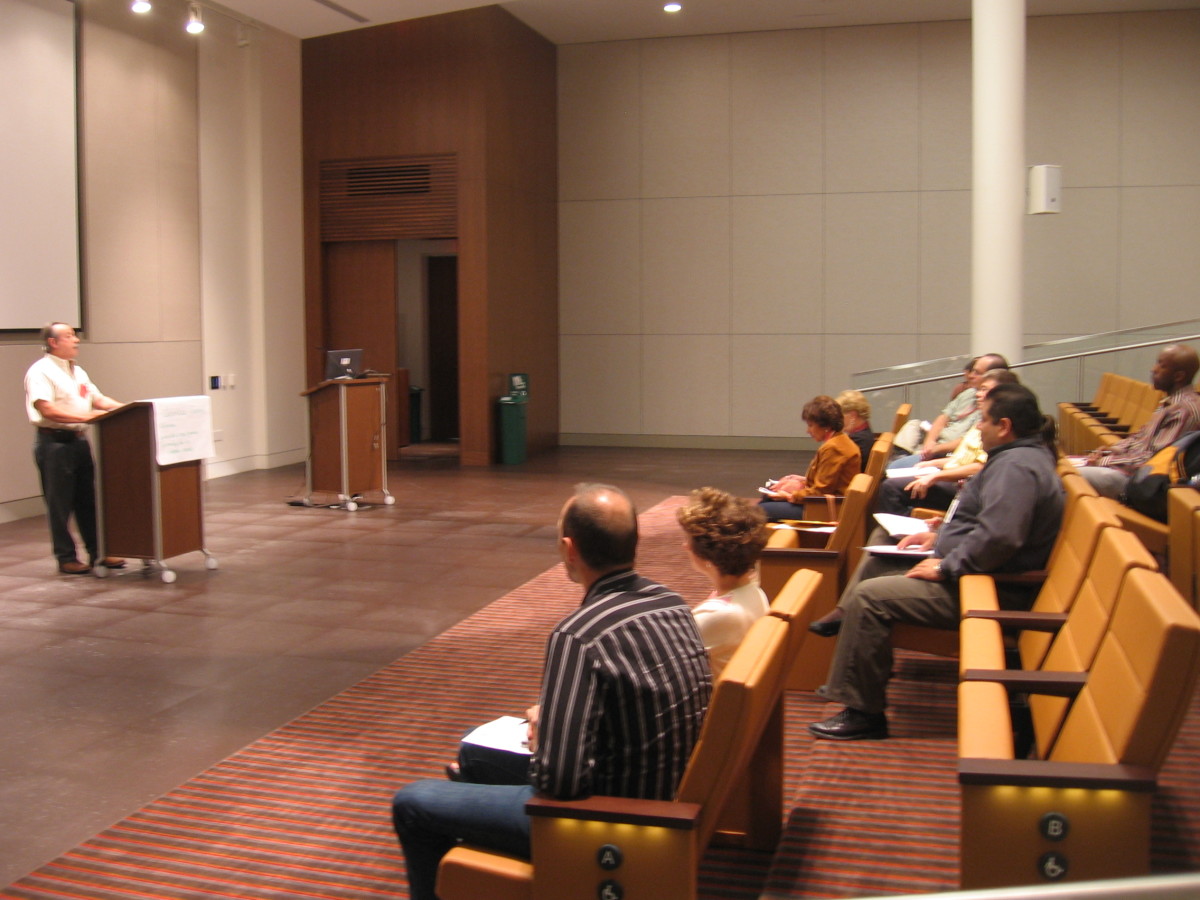A bottom up strategy

I believe that good strategist can come from the bottom, and when they do, they’re able to add the missing details that makes the strategy more practical
Safety is described as “the state of being safe”. However, to be safe requires of us to be aware of all potential dangers that surround us. For that, we are often reminded by our peers, guardians and co-workers to be cautious. Nevertheless, it is what we’re cautious about that makes a difference. If what we’re cautious about poses a threat to ourselves or the lives of others, we formulate a preventive strategy along those threats to fulfill our activities.
However, not all threats are noticeable; it will all depends on the condition of the exposed danger, and the activity that corresponds to it. If the activities involve the work environment, it may require a trained eye to notice the existing threat. There is always danger in any work that is performed, whether it’s seating behind a computer desk to type or chasing a burglar, we are exposed to some form of danger. The danger may be too minimal for the employee to have noticed it, but it's a danger nonetheless.
Equally noticeable, not all danger provokes an immediate response to threat. Sometimes we can be the victim of a dangerous situation and not realize it. As a result of that, we have people in our society, among which are victims of accidents, alone with those who are trained in safety prevention, laying out the ground rules to reduce the risk. Those rules can work, but we must first be willing to listen. We forget sometimes because the risk involved is so minimal that we never thought for once how we could possibly slip, and fall by simply jumping on and off the platform.
Sometimes the most minimal risk can cause the greatest accident, we must learn to be more careful, and I’m no different. Some managers and supervisors have given a whole lecture on safety issues that concern text-ting while driving, safety briefing is a constant reminder here, and yet we don't always follow all the safety messages.
If the safety issue is not associated with procedures, it becomes a matter of individual judgment. And since we do not always see the same potential threats, what may be viewed as a threat to one may not be for another. This is why some of us wear knee pads when working while others don't. The employee who doesn't wear one, is either uncomfortable with it or simply sees no potential danger in the long run.
An employee may have poor judgment when it comes to making safety decisions, but if this employee follows procedures he/she can reduce all threats to zero. Procedures are logical troubleshooting techniques that have been thoroughly reasoned by highly experienced employees to reduce all threats to zero. Therefore, any safety concern that is within our code of conduct can be resolved by simply following procedures.
Nonetheless, it's an accurate statement to say that the safety lectures were great; they cover a fair amount of safety issues. And to contribute, we can link the safety threats with some preventive strategies.
The willingness to provide suggestions that help make the work environment safer is really grounded in mutual interest, but what it is not for, is a supervisory position. However, whether or not one's interest is fulfilled doesn’t matter at this point, what matters most is that as a result of it, the co–workers are safer & happy while the company on the other hand applied a safety attribute onto the MDSI System that can also help increase on productivity.
An employee should not have to get out of his truck to realize that he's going to need a step ladder in a particular building, or if some potential danger exist. If a previous flea’s incident took place, the next employee should have noticed it by simply looking at the incident report box in the MDSI System. This way no time is wasted, the employee check with the super of the building to find out if the fleas condition has been resolved; if not CGI, and the employee makes his way to the next job.
The only exception I can foresee here, is one where a leak investigation is required, in this case, the employee makes the exception because the threat involved is one that might be greater than his own. Since we're in business to care for others, then other's safety is also part of our first priority. After all, "for us, safety is not just a priority; it's a value that guides our actions". Therefore, for the employee to be concerned with fleas while a leak investigation is necessary, would not have been a reasonable way to think about this situation. However, there may be other instances where the leak investigation may be less of a priority, and those instances are where the employee's life is threatened.
I have given the company suggestions in the past; they can be located at one. However, the strategies that I will unfold here, do not only relate to safety issues, but they will also enhance productivity.I believe that good strategies can come from the bottom, and when they do, they’re able to add the missing details that make the strategy more practical. And if there is one person that knows this best is Mr. Robert B. Cartell, after all, he still holds his engineering license.
Now, from my limited experience in the company, I have already foreseen how management can grab a safety precaution from the meter reader department, and drag it over to the meter service division. To do this, we will consider two situations, an exact copy of the pre-existing safety info from the meter reader department or a new collection of safety data from the employees of the meter service division.
As a meter reader, employees are asked to enter into their hand held, any safety issue concerning meter location. For example, if there is a pot hole in front of a meter set that the next employee might not notice, it becomes a safety concern, and the employee enters it into the hand held. A vicious dog on premises, the employee responds the same. And the same goes for fleas, aggressive customers, and also meters that are set too high.
Now the question is - are these not the same conditions we face as a meter service technician? It appears to me that it’s possible to implement these same safety concerns by making available a relative option into the MDSI System. If these measures can help facilitate the meter reader's job while keeping him safe, there is absolutely no reason why we shouldn't implement them into the meter service department.
We can say "oh well", that’s what the comment option is for. Therefore, there is no need for an additional option. But the truth of the matter, the comment option is not used for that. It is used to enter job conditions, codes & pickups references. It would be advantageous to the company as well as the employees to have an option where we can caution our co-workers about safety concerns. I think making that information available, not only would it increase productivity, but it would also make the employee’s work safer.
Now, since some safety concerns are relative to one's judgment, management may choose to have employees of the meter service department start entering their own safety concerns as they go, instead of transferring the pre-existing safety data from the meter reader department. This way employees from the meter service division knows exactly who was there and what they complain about. Employees are familiar of each other’s ways; a safety concern may be investigated by the next employee before taking serious.
Being that they're a custom of each other’s attitude, the reason for the safety concern may be questioned by the next employee. In addition, if an employee consecutively CGI a job for the same safety concern, if reported by the super that the safety condition has been corrected, this may call for a supervisor to investigate to confirm whether the super was right / wrong.
Since we do not all possess the same level of work ethics, it's very well possible that a few employees may use the safety remarks box to write a safety concern that is non- existent to alleviate themselves from performing certain types of jobs. If any employee is caught doing that, a disciplinary action may be issued at supervisor's discretion.
As mentioned earlier, there are other useful suggestions that are available at one, among which the company have already implemented at least one. But the most important in mind, is one that can’t be discussed online. However, at your request, it can be typed up and e-mailed to one. For now, I’d like to thank Mr. Robert B. Catell for his token of appreciation, and affirmed that my future with his former company lies in the unpredictable future.








